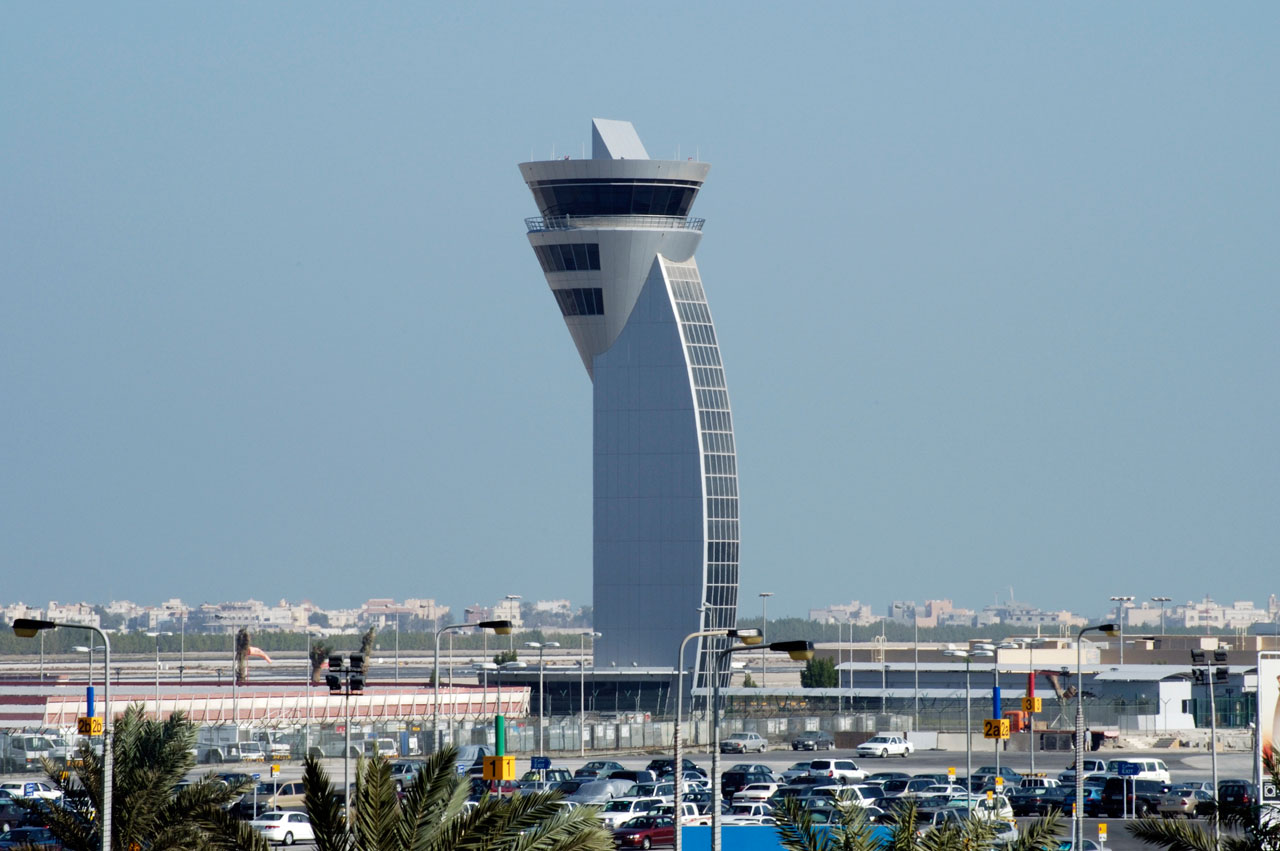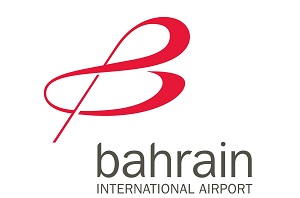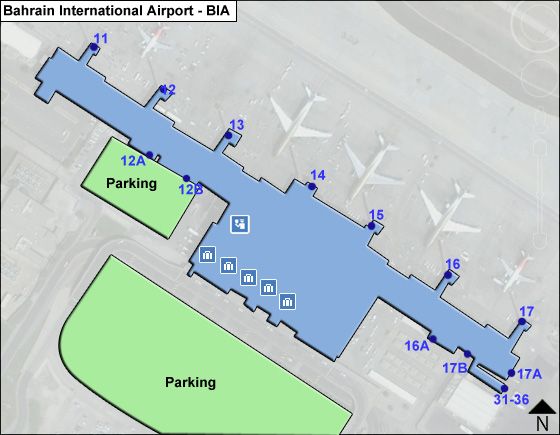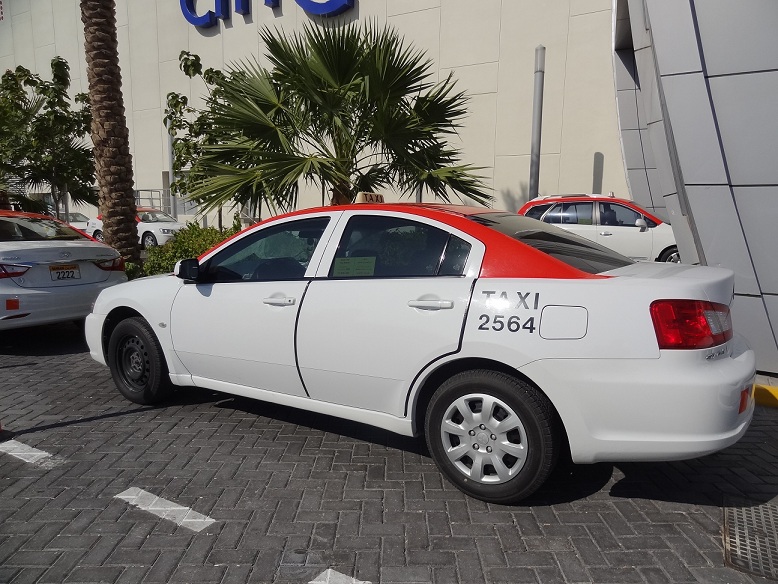
|
|

Conference Location
|
|
History
|
Pre-Islamic era
The Persian Empire in Sassanid era at its peak during the reign of Khosrau II (590–628), Bahrain was home to the Dilmun civilization, an important Bronze Age trade centre linking Mesopotamia and the Indus Valley. Bahrain was later ruled by the Assyrians and Babylonians. Bahrain's pre-Islamic population consisted of Christian Arabs (mostly Abd al-Qays), Persians (Zoroastrians), Jews and Aramaic-speaking agriculturalists. The sedentary people of pre-Islamic Bahrain were Aramaic speakers and to some degree Persian speakers, while Syriac functioned as a liturgical language. From the 6th to 3rd century BC, Bahrain was added to the Persian Empire by the Achaemenian dynasty. By about 250 BC, the Parthians brought the Persian Gulf under its control and extended its influence as far as Oman. In order to control trade routes, the Parthians established garrisons along the southern coast of the Persian Gulf.
|
|
The name Tylos is thought to be a Hellenisation of the Semitic, Tilmun (from Dilmun). The term Tylos was commonly used for the islands until Ptolemy’s Geographia when the inhabitants are referred to as 'Thilouanoi'. Some place names in Bahrain go back to the Tylos era, for instance, the residential suburb of Arad in Muharraq, is believed to originate from "Arados", the ancient Greek name for Muharraq. |
|
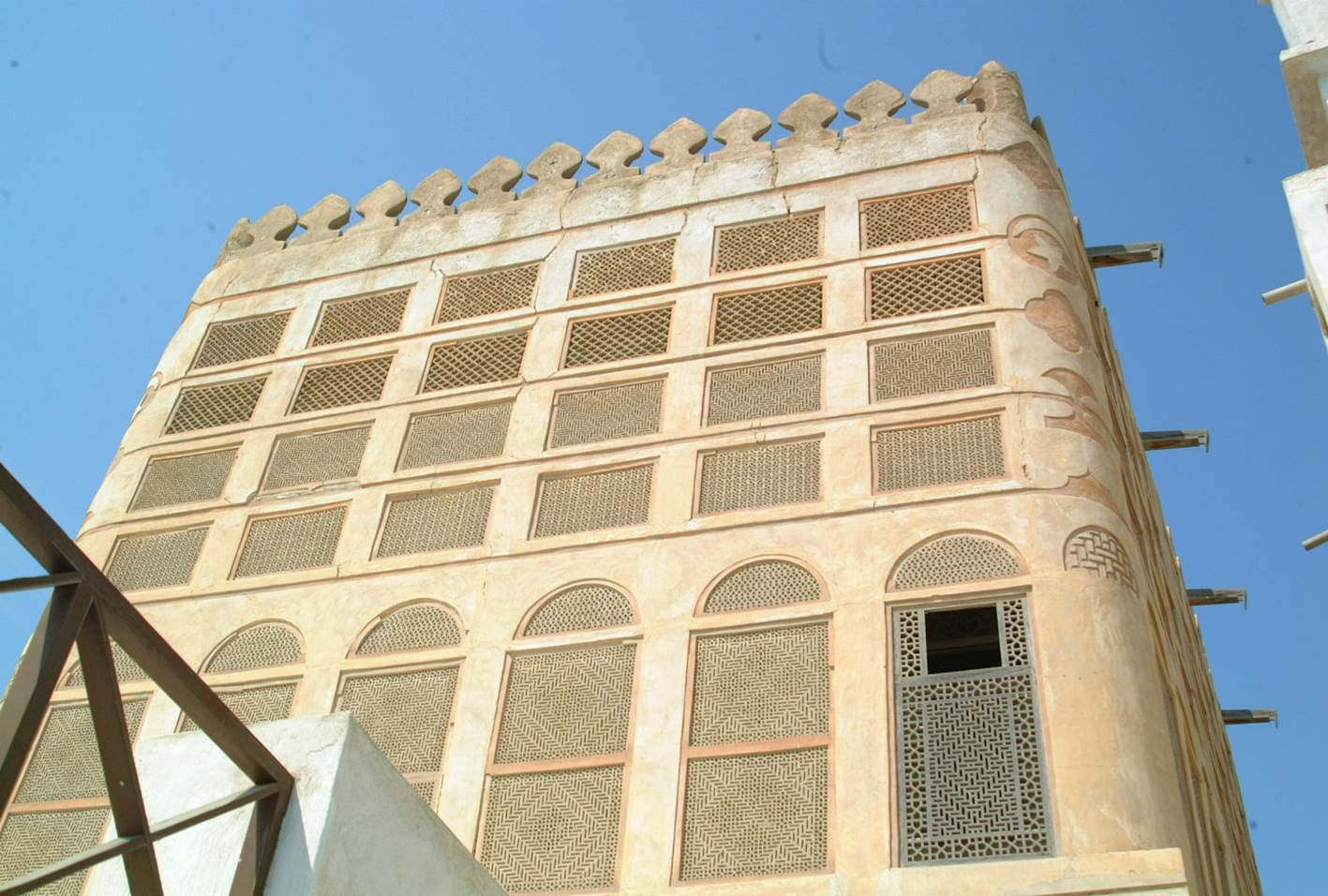 |
Muhammad's era
Muhammad's first interaction with the people of Bahrain was the Al Kudr Invasion. Muhammad ordered a surprise attack on the Banu Salim tribe for allegedly plotting to attack Medina. He had gotten news that some tribes were amassing an army on march from Bahrain. But the tribesmen retreated when they learnt Muhammad was leading an army to face them. Traditional Islamic accounts state that Al-ʿAlāʾ Al-Haḍrami was sent as an envoy during the Expedition of Zaid ibn Haritha (Hisma) to the Bahrain region by the prophet Muhammad in 628 AD and that Munzir ibn-Sawa al-Tamimi, the local ruler, responded to his mission and converted the entire area. |
|
Islamic era
In 899 AD, the Qarmatians, a millenarian Ismaili Muslim sect seized Bahrain, seeking to create a utopian society based on reason and redistribution of property among initiates. Thereafter, the Qarmatians demanded tribute from the caliph in Baghdad, and in 930 AD sacked Mecca and Medina. Following a 976 AD defeat by the Abbasids, the Qarmations were overthrown by the Arab Uyunid dynasty of al-Hasa, who took over the entire Bahrain region in 1076. The Uyunids controlled Bahrain until 1235, when the archipelago was briefly occupied by the Persian ruler of Fars. In 1253, the Bedouin Usfurids brought down the Uyunid dynasty, thereby gaining control over eastern Arabia, including the islands of Bahrain. In 1330, the archipelago became a tributary state of the rulers of Hormuz,though locally the islands were controlled by the Shi'ite Jarwanid dynasty of Qatif. In the mid-15th century, the archipelago came under the rule of the Jabrids, a Bedouin dynasty also based in Al-Ahsa that ruled most of eastern Arabia. |
|
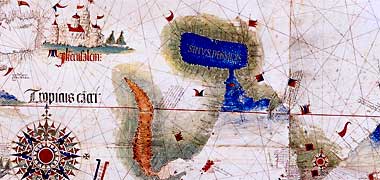 
|
Portuguese control
In 1521, the Portuguese allied with Hormuz and seized Bahrain from the Jabrid ruler Migrin ibn Zamil, who was killed during the takeover. Portuguese rule lasted for around 80 years, during which time they depended mainly on Sunni Persian governors. The Portuguese were expelled from the islands in 1602 by Abbas I of the Safavid dynasty of Persia, which gave impetus to Shia Islam. For the next two centuries, Persian rulers retained control of the archipelago, interrupted by the 1717 and 1738 invasions of the Ibadhis of Oman. During most of this period, they resorted to governing Bahrain indirectly, either through the city of Bushehr or through immigrant Sunni Arab clans. The latter were tribes returning to the Arabian side of the Persian Gulf from Persian territories in the north who were known as Huwala (literally: those that have changed or moved).In 1753, the Huwala clan of Nasr Al-Madhkur invaded Bahrain on behalf of the Iranian Zand leader Karim Khan Zand and restored direct Iranian rule. |
|
1782-1783 unrest in Bahrain
In 1783, Nasr Al-Madhkur, ruler of Bahrain and Bushire, lost the islands of Bahrain following his defeat by the Bani Utbah tribe at the 1782 Battle of Zubarah. Bahrain was not new territory to the Bani Utbah; they had been a presence there since the 17th century.During that time, they started purchasing date palm gardens in Bahrain. Later, different Arab family clans and tribes from Qatar moved to Bahrain to settle after the fall of Nasr Al-Madhkur of Bushehr. |
|
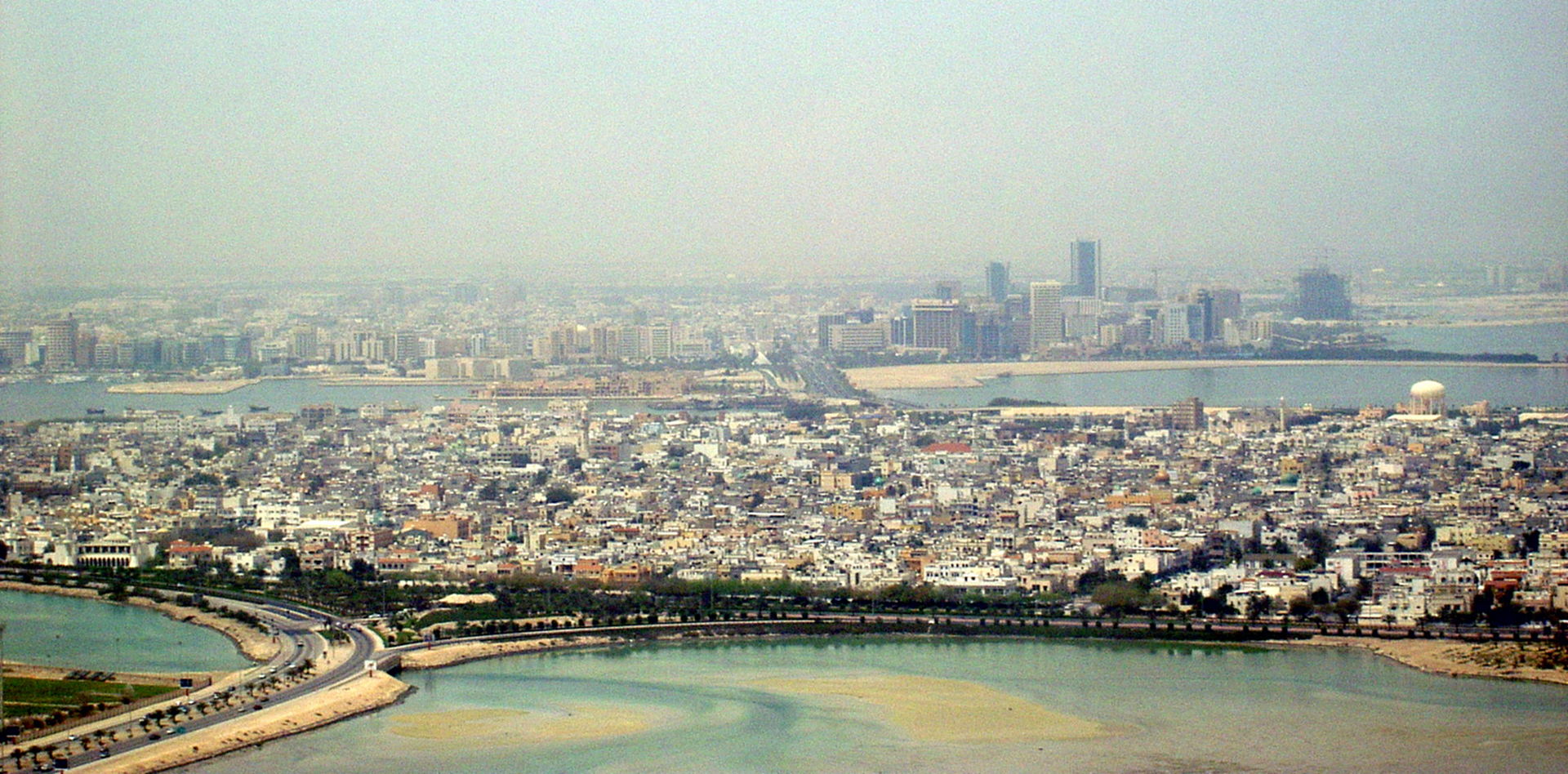 |
Economic prosperity - 19th century
Peace and trade brought a new prosperity. Bahrain was no longer dependent upon pearling, and by the mid-19th century, it became the pre-eminent trading centre in the Persian Gulf, overtaking rivals Basra, Kuwait and finally in the 1870s, Muscat.At the same time, Bahrain's socio-economic development began to diverge from the rest of the Persian Gulf: it transformed itself from a trading centre into a modern state. This process was spurred by the attraction of large numbers of Persian, Huwala, and Indian merchant families who set up businesses on the island, making it the nexus of a vast web of trade routes across the Persian Gulf, Persia and the Indian sub-continent. |
| Early 20th century
In 1911, a group of Bahraini merchants demanded restrictions on the British influence in the country. The group's leaders were subsequently arrested and exiled to India. In 1923, the British introduced administrative reforms and replaced Sheikh Issa bin Ali with his son. Some clerical opponents and families such as al Dossari left or were exiled to Saudi Arabia and Iran. Three years later the British placed the country under the de facto rule of Charles Belgrave who operated as an adviser to the ruler until 1957. |
|
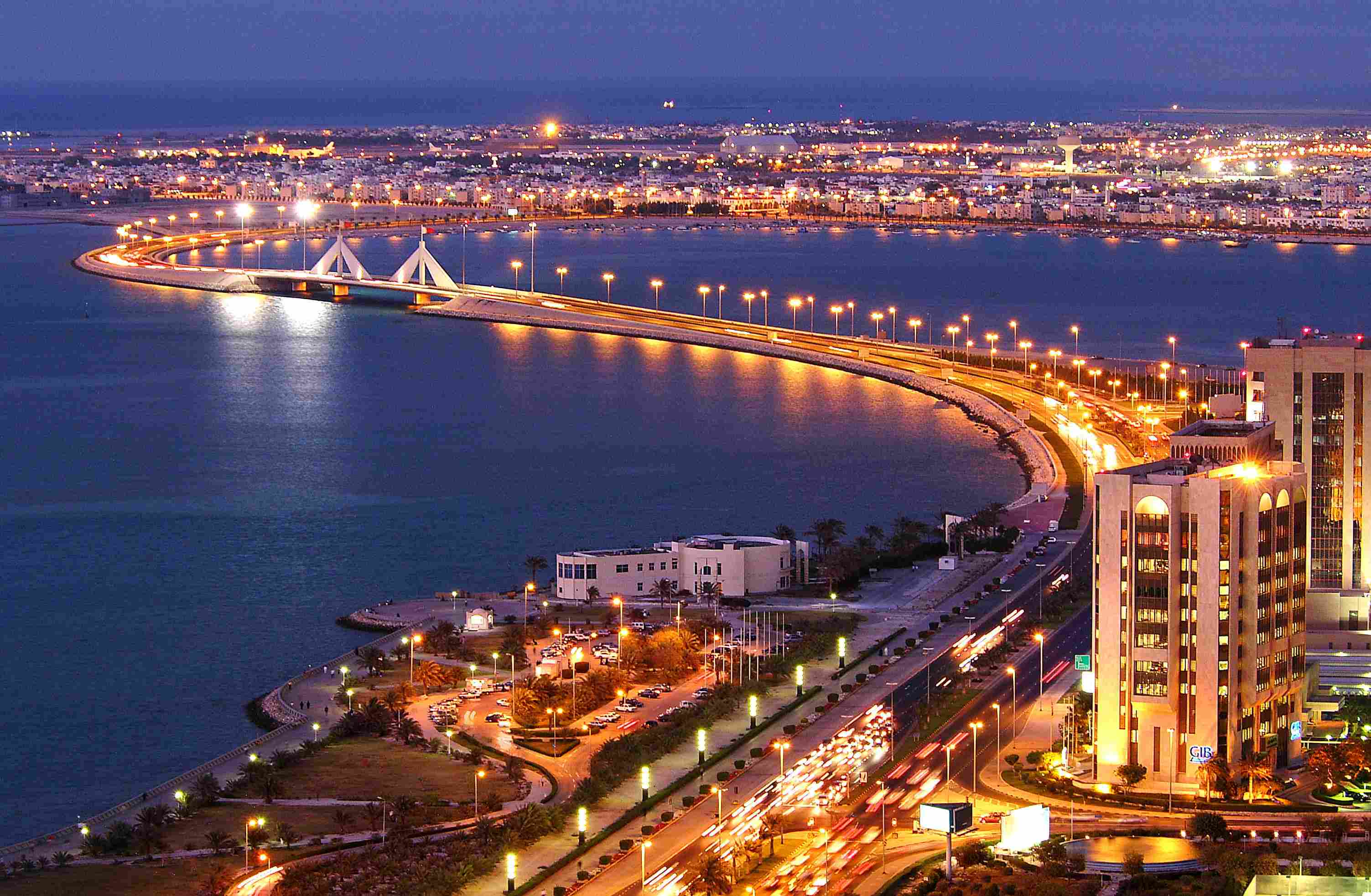 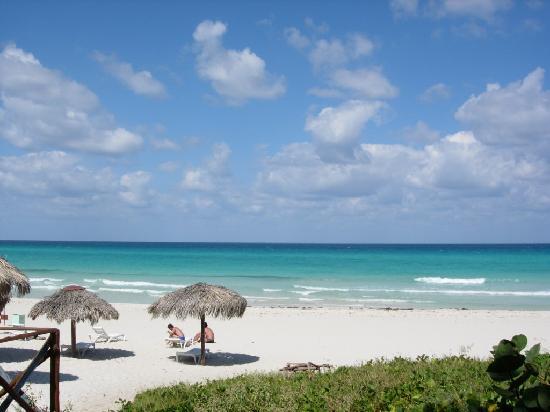
|
Independence
On 15 August 1971,Bahrain declared independence and signed a new treaty of friendship with the United Kingdom. Bahrain joined the United Nations and the Arab League later in the year. The oil boom of the 1970s benefited Bahrain greatly, although the subsequent downturn hurt the economy. The country had already begun diversification of its economy and benefited further from Lebanese Civil War in the 1970s and 1980s, when Bahrain replaced Beirut as the Middle East's financial hub after Lebanon's large banking sector was driven out of the country by the war. |
Parts of this text were copied from 
Conference Venue
|
|
The conference will be held at |
Travelling to Bahrain
By Plane |
When arriving by plane in Bahrain you will do so at Bahrain International Airport.
Flight Information: At the airport you can take a taxi to the city centre. For information on taxi charges follow the taxi link. |
By Bus and Taxi |
To reach the university you can do so by taxi
or by bus: |
By Car |
When coming by car to the University go to the Google coordinates above to lock in your destination |
Useful Map
The map above gives a more detailed view of Manama and its relation to the airport
Visitor's Survival Guide
Entry Requirements:
When traveling to Bahrain, this information should help you to prepare for your visit.
Useful Links
- Bahrain weather
- Bahrain Tourism Info
- Bahrain Tourism info site 2
- Things to do in Bahrain
- Tourist attractions in Bahrain
- The City Centre Bahrain Shopping Centre
- The Bahrain Mall



 Bahrain, officially the Kingdom of Bahrain is a small island country situated near the western shores of the Persian Gulf. Saudi Arabia lies to the west and is connected to Bahrain by the King Fahd Causeway while Iran lies 200 km to the north across the Persian Gulf. The peninsula of Qatar is to the southeast across the Gulf of Bahrain. The population in 2010 stood at 1,234,571, including 666,172 non-nationals.
Bahrain, officially the Kingdom of Bahrain is a small island country situated near the western shores of the Persian Gulf. Saudi Arabia lies to the west and is connected to Bahrain by the King Fahd Causeway while Iran lies 200 km to the north across the Persian Gulf. The peninsula of Qatar is to the southeast across the Gulf of Bahrain. The population in 2010 stood at 1,234,571, including 666,172 non-nationals.
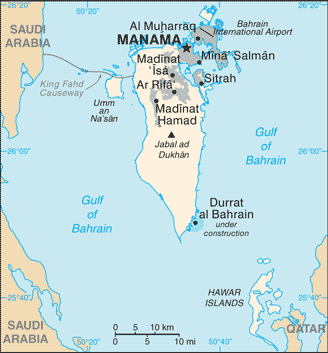
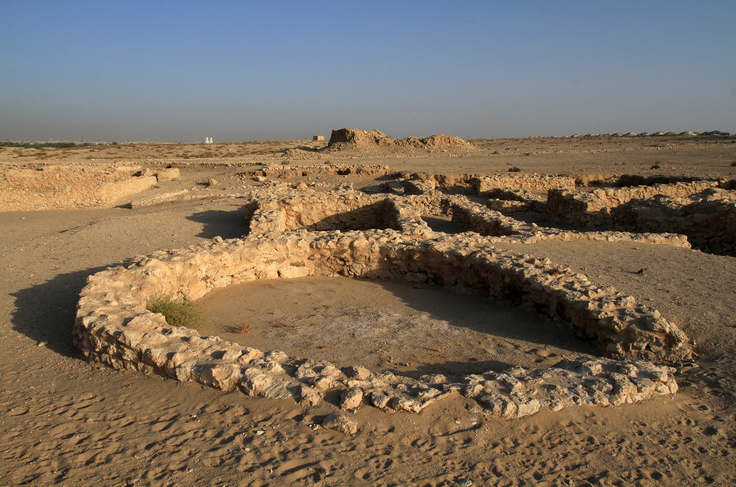

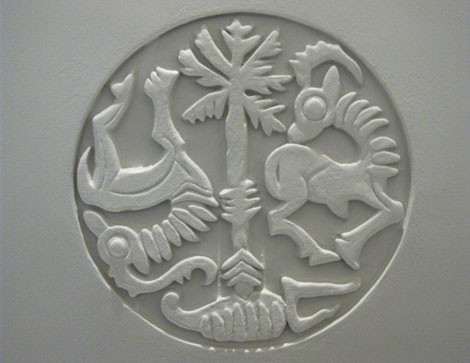
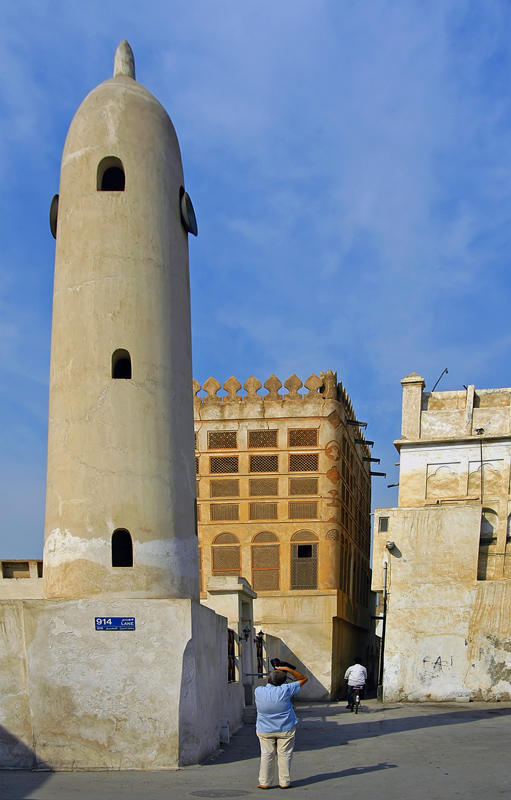
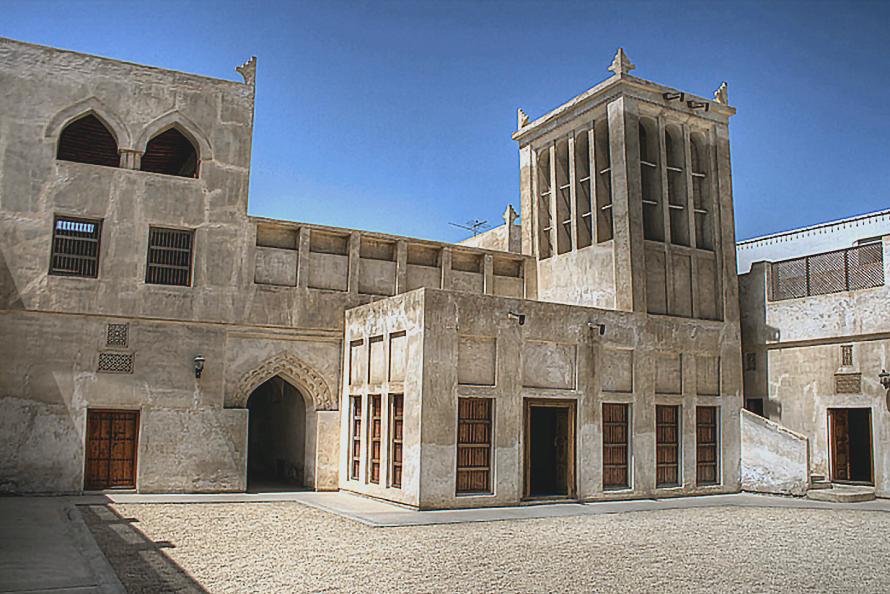
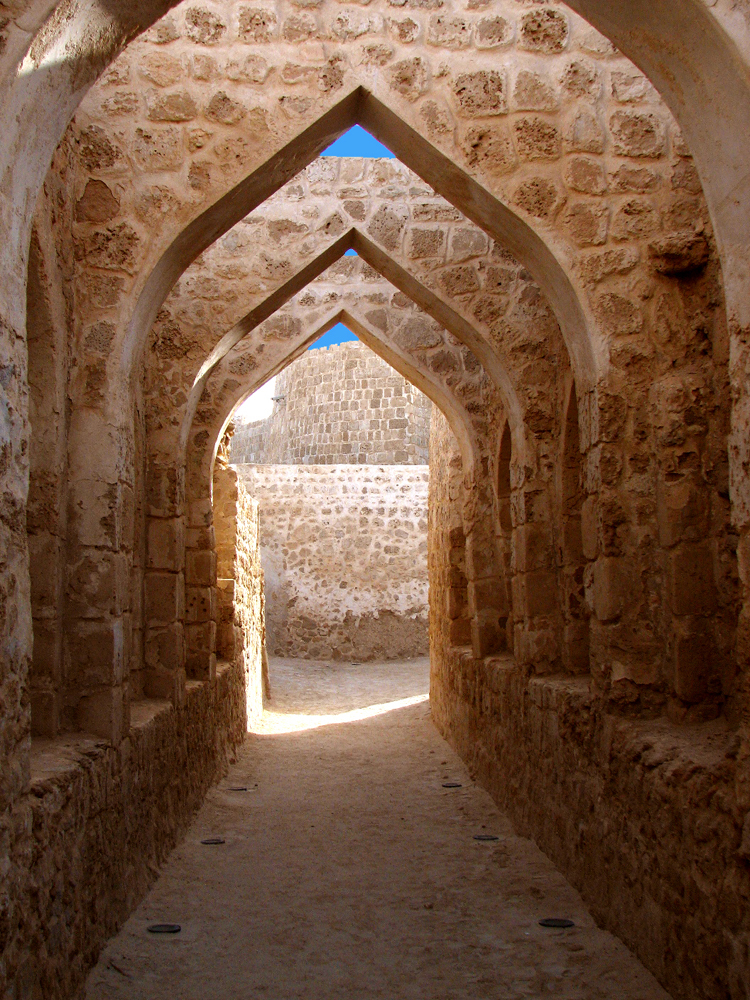
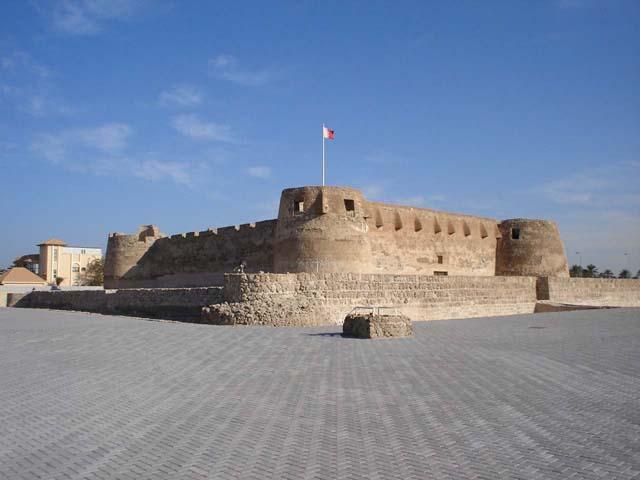
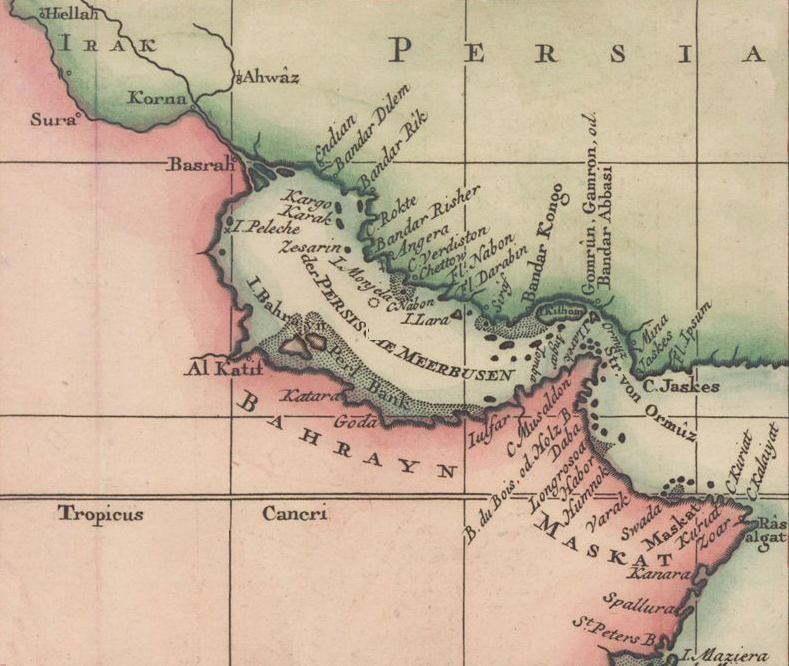
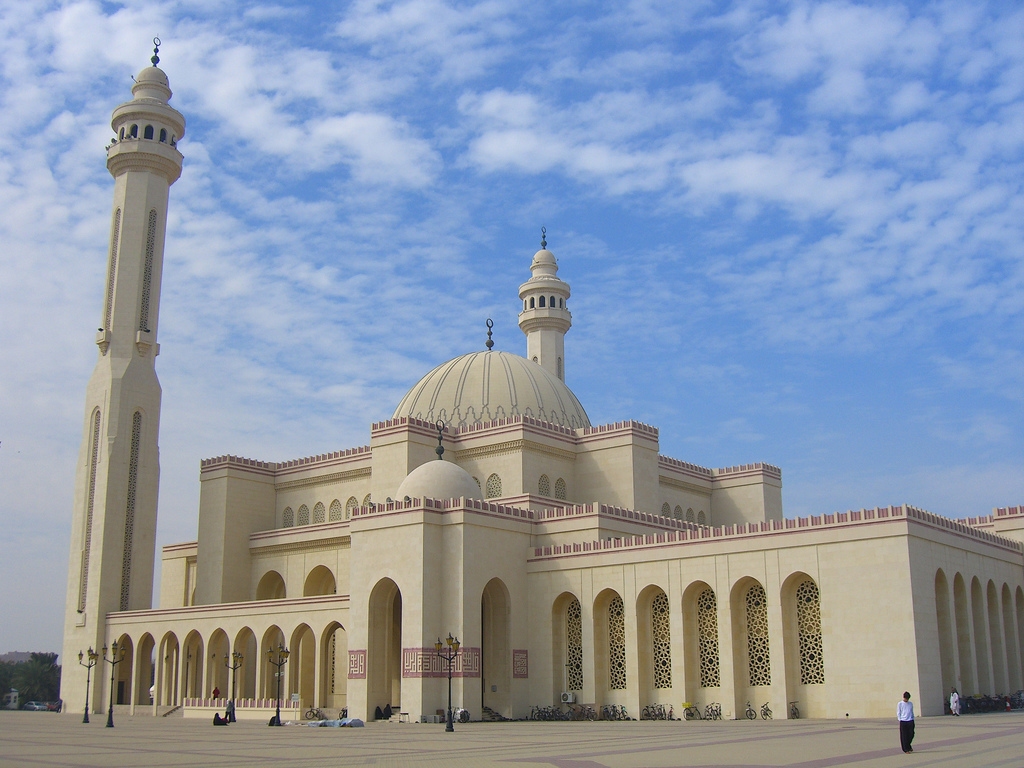
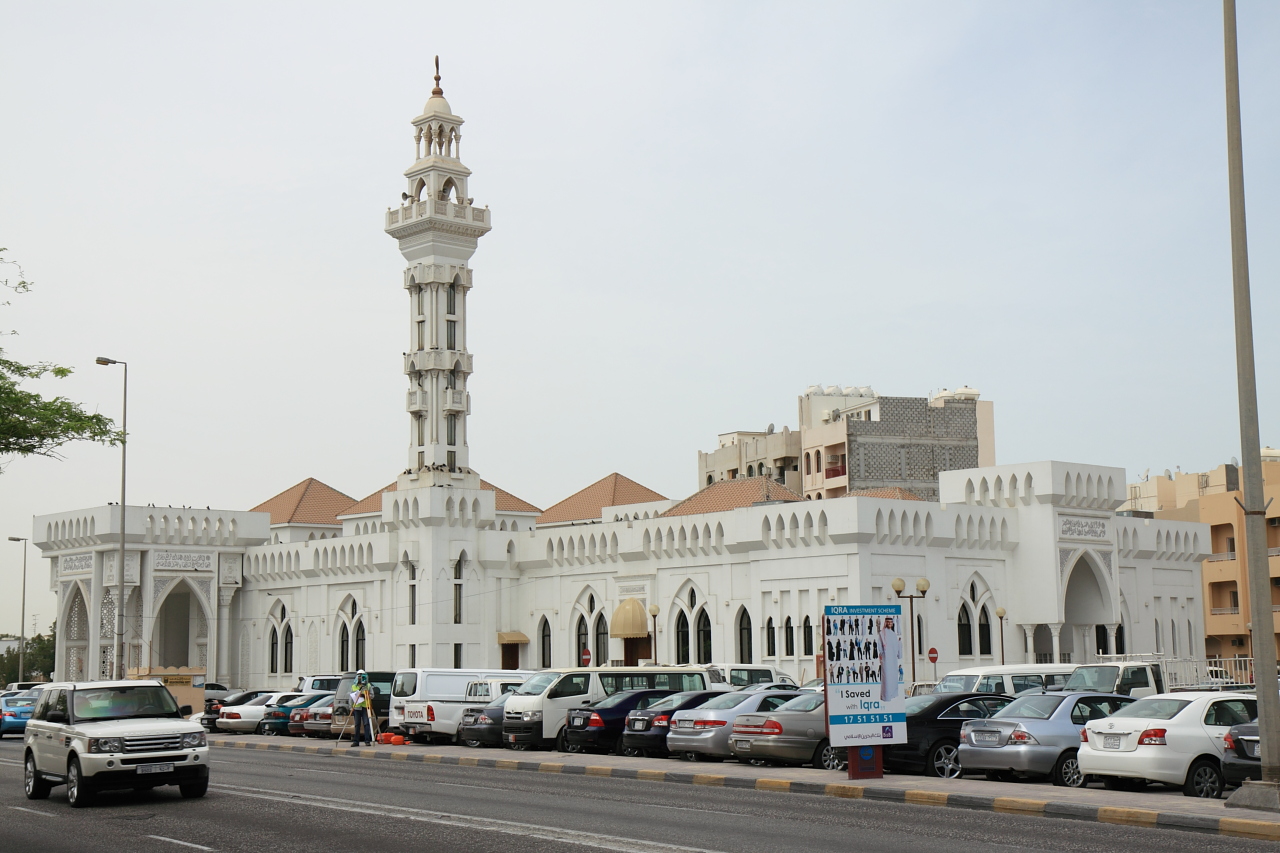
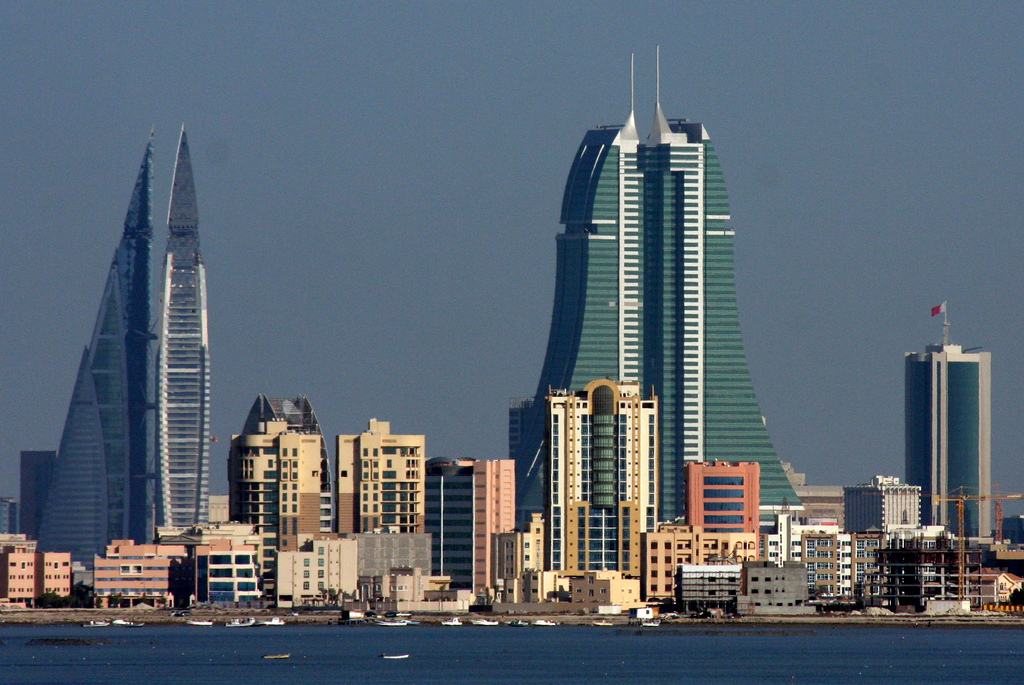
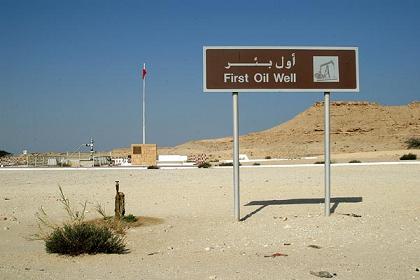
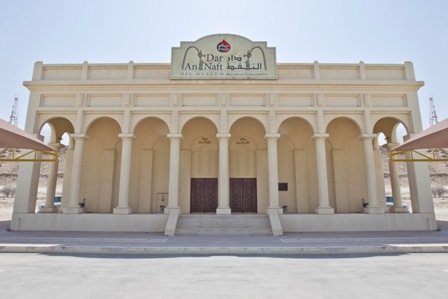
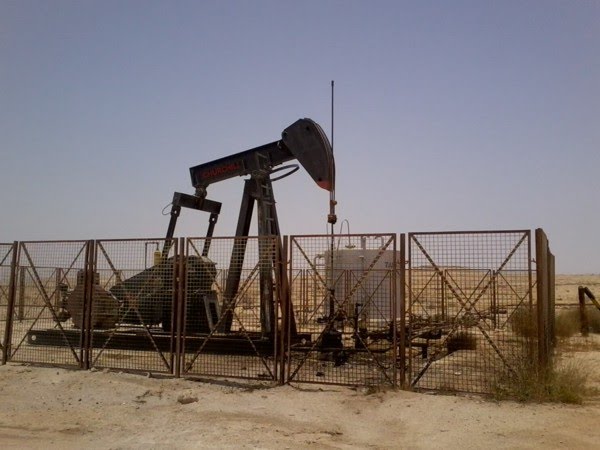
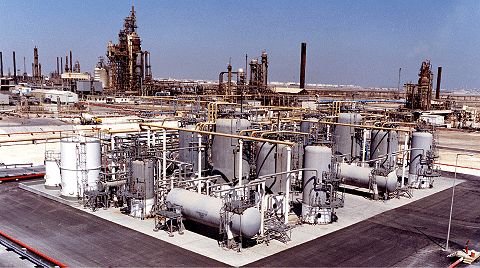
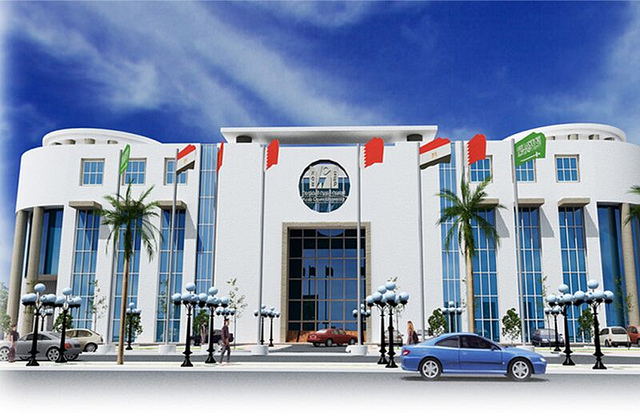
 Tel:
Tel: 
